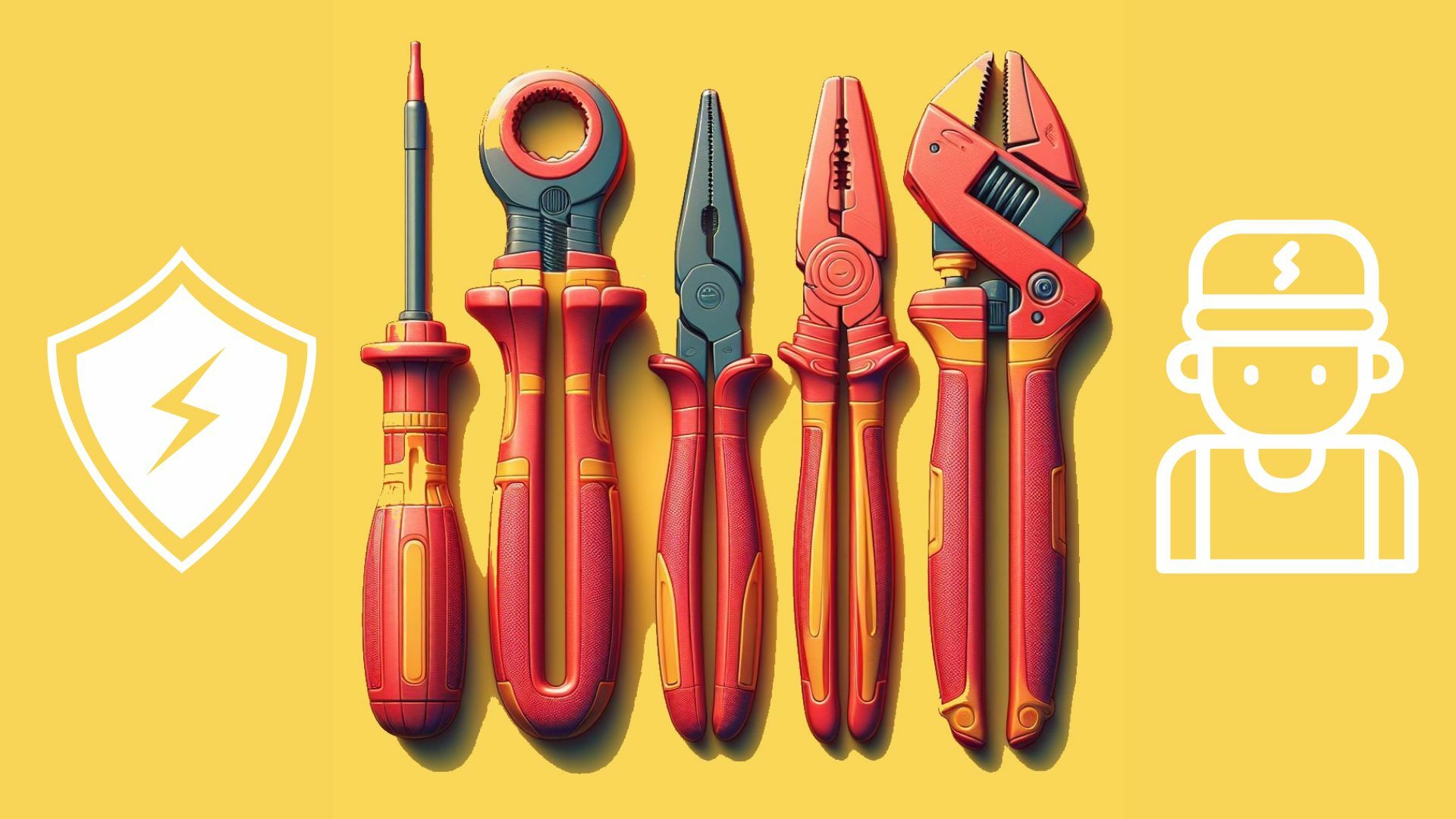Understanding Insulated Hand Tools for Electrical Safety
The Importance of Electrical Safety
Safety should be the top priority, not only in daily life but especially when working with electrical systems. To ensure that every electrician, utility worker, HVAC technician, and hybrid or electric vehicle mechanic is fully protected from the hazard of electric shocks, choosing insulated hand tools is crucial.

Common Types of Insulated Hand Tools
If you're unsure where to start, don't worry – we've got you covered. Let's begin with the categories of insulated tools that are commonly used: screwdrivers, pliers, cutters, and wrenches. These tools may sound familiar, as they are the traditional choices for any craftsman's toolkit. However, when it comes to working in an electrical environment, these tools are specially engineered to block potentially hazardous voltages by using materials that do not conduct electricity, such as rubber, plastic, or fiberglass.
Insulated Screwdrivers are used for tightening or loosening screws on electrical components. They feature insulated handles and tips to prevent current from passing through to the user's hand.
Pliers are used for gripping, bending, or cutting wires or cables. Insulated pliers have insulated handles and jaws, providing a secure and safe grip while working with live electrical components.
Insulated Cutters are designed for cutting wires or cables to the desired length or shape. With insulated handles and blades, they prevent accidental contact with live wires, ensuring safe operation.
Wrenches are essential for fastening or loosening nuts and bolts on electrical equipment. Insulated wrenches feature insulated handles and heads to avoid arcing or sparking, protecting the user from potential hazards.
Ensuring Safety and Compliance
Insulated hand tools are crucial for electrical safety, as they can protect users from shocks, arc flashes, and fires. Additionally, they comply with industry standards, such as IEC and ANSI, ensuring their quality and reliability.
Best Practices for Using Insulated Hand Tools
To use these tools properly, it's essential to follow a few guidelines: always check the insulation for any damage or wear, follow the manufacturer's instructions carefully, and wear appropriate personal protective equipment. Every technician deserves a safe and worry-free work environment, and insulated hand tools play a vital role in achieving that goal.


